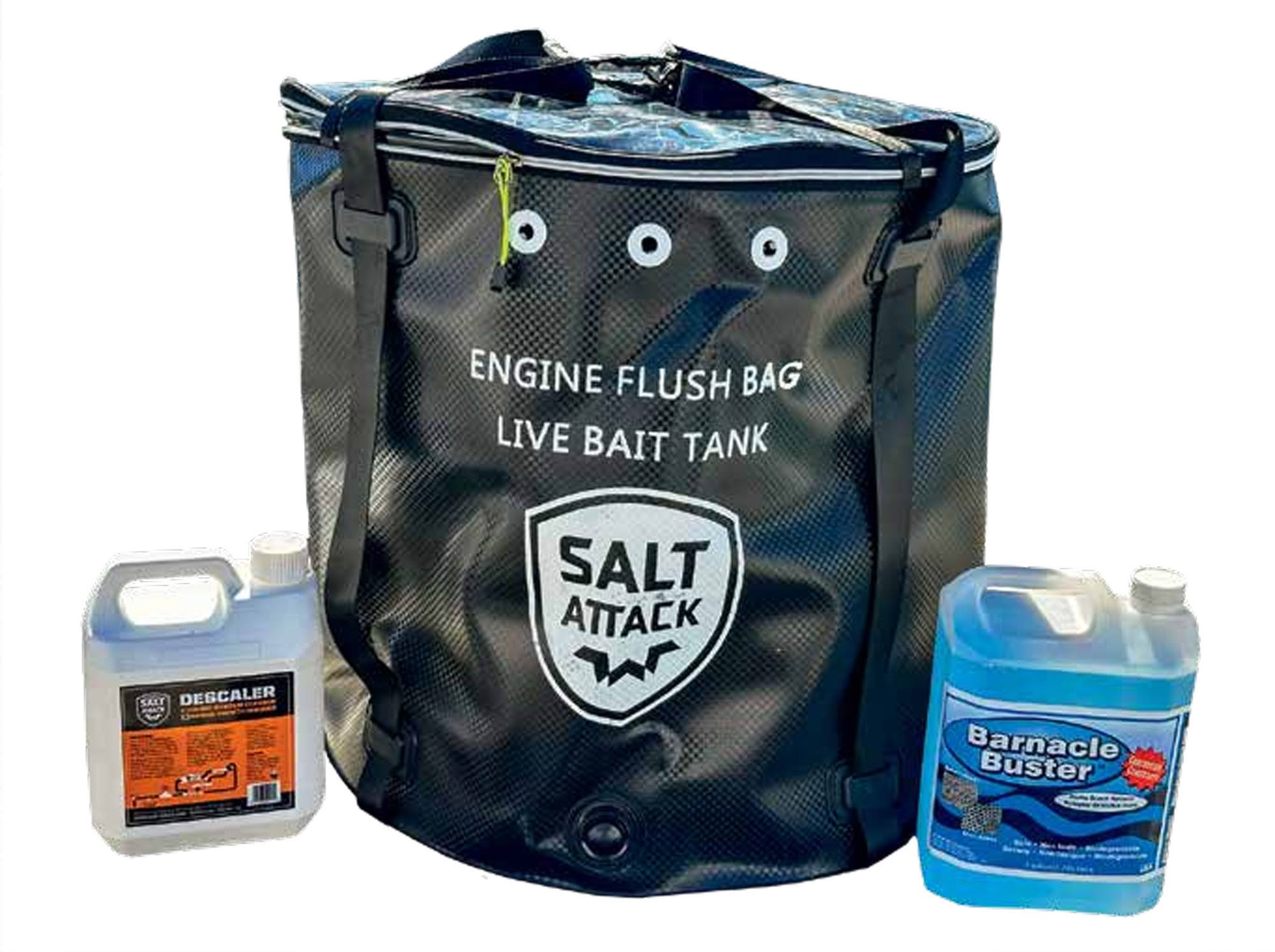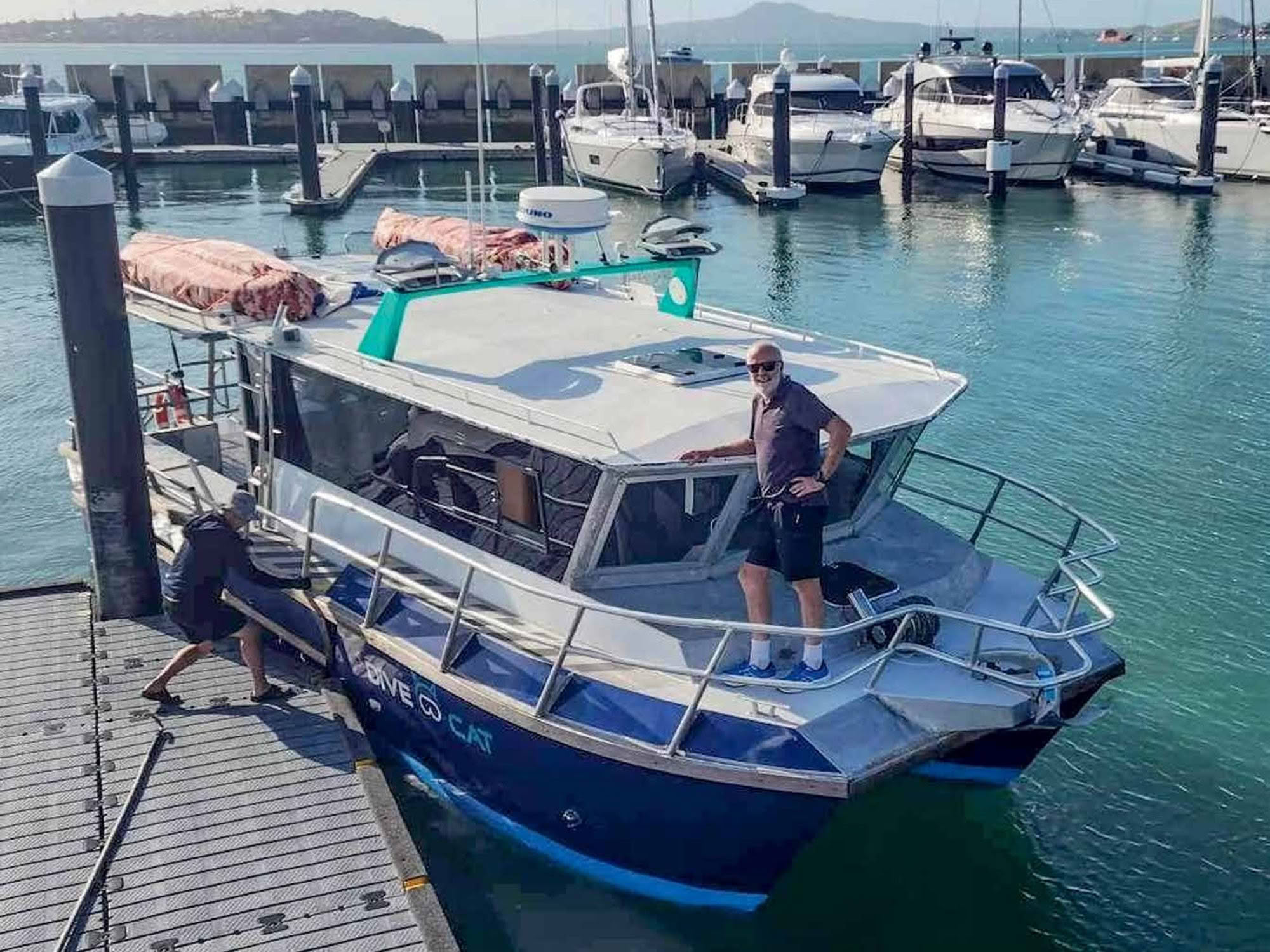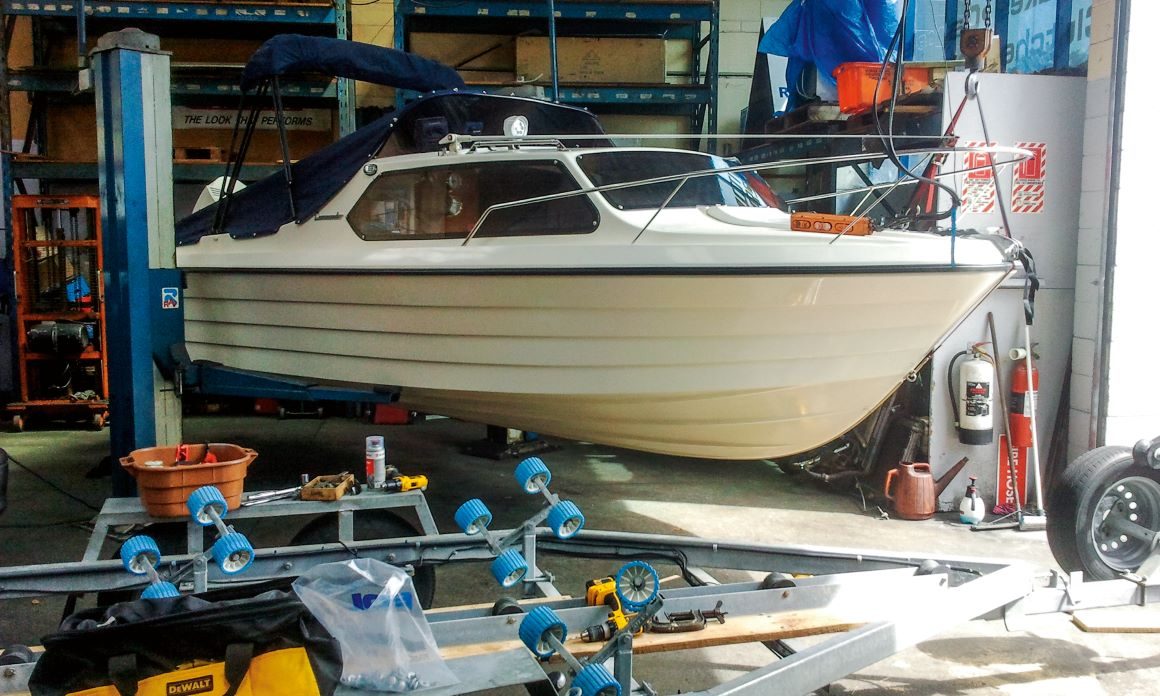

Isolation during Covid-19 and lockdown is a perfect time to tackle those bitty jobs you’ve been meaning to do for the last five years but have never got round to doing, writes Norman Holtzhausen.
Boaties, along with the rest of New Zealand, have had a lot of time on their hands recently. For most, far too much time! That this has largely coincided with almost perfect boating weather was an even harder pill to swallow, although hopefully most appreciated the common good at play here.
But idle time has removed the excuse for not doing those little jobs we keep promising “to get to when I have some time”. Well, that time has arrived – and many of us may have more of it in the near future as the Covid-19 pandemic plays havoc on our economy.
Maintenance jobs can probably be divided into two categories: those that require a specific spare part (like oil filters and anodes), and those which only require generic tools or parts, like cleaning and checking. Diligent boaties keep at least one spare of each maintenance item on hand, so this is a good time to go through the boat and get things sorted.

MAINTENANCE ITEMS REQUIRING NON-SPECIFIC SPARES
BATTERY MAINTENANCE
Particularly important when the boat’s not being used. If you have a lead-acid battery, open the caps and check the electrolyte levels. Top up if needed. Undo the battery terminals, clean the posts and clamps, and re-attach them firmly.
A light coating of grease over the top helps prevent corrosion. Check the condition of the cables themselves – replace any that are frayed or if the insulation is cracked. Pop a battery charger on and make sure the batteries are fully-charged and ready for when you are able to head out.
CHECK AND GREASE STEERING COMPONENTS
This is one of those onboard systems that’s often ignored until it starts to give trouble. Begin at the engine end and clean the gunk from exposed parts of the steering ram. Use a grease gun to apply marine grease to the lubricating nipples.
Turn the steering wheel from lock-to-lock a couple of times to check everything is working smoothly. Note: If your steering’s seized it will likely be due to a very fine film of rust on the ram surface. You may be able to un-seize it with some judicious force, but be careful not to break the gear train at the other end.
If you have cable steering, go to the helm unit and extract the cable. Check the condition of the teeth on the cable, clean and apply ample grease before replacing it into the gear case. If you have hydraulic steering, check and top up the fluid.
CLEAN AND GREASE ANCHOR WINCH
Another oft-neglected task. Take the weight of the anchor off the chain, and disengage the chain from the gypsy. Undo the locking screw in the middle of the drum and remove the locking nut. Move the control arm out of the teeth of the gypsy, and the unit should pull off.
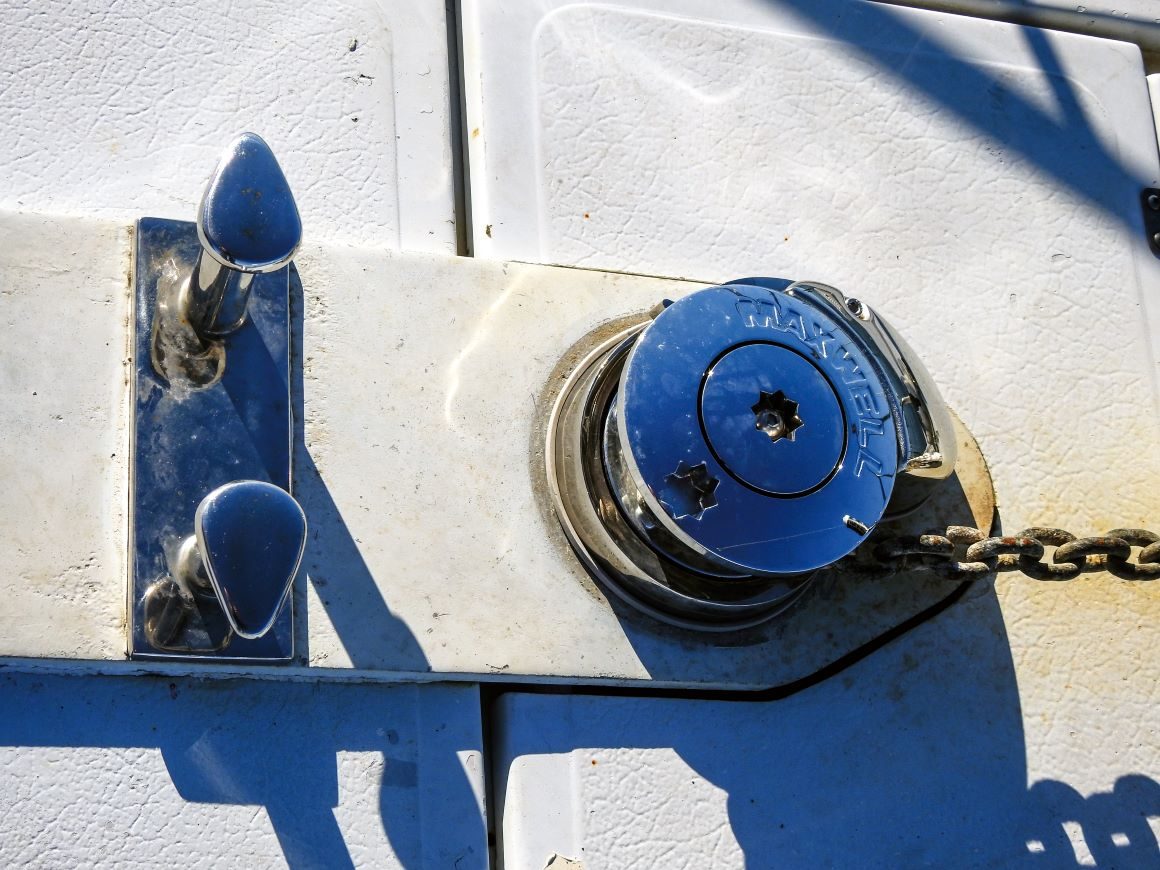
If you have not done this for a while it may be very stiff. Note: the plastic stripper opposite the control arm may also need to be moved out the way. Once the gypsy/ drum is off, you can clean the shaft and clutch surfaces, lubricate as appropriate, and re-assemble. If you notice anything badly worn you can make a note to order replacements and can get them shipped.
GENERAL TIDY UP
Now’s also a good time to go through the whole boat, looking for little things that need repair. Carpets that need cleaning, domes or catches that are missing, screws that need tightening. Look for anything you’ve not seen before, such as corrosion in the corners or mould developing in cupboards.
Clean out lockers and compartments – take everything out, clean them and the items they hold. Are your navigation lights all working properly? Do you still have any non-LED light bulbs? Replace them now.

CHECK AND REPLACE HOSES AND CLAMPS
Rubber hoses get brittle over time, and this is definitely a good one to do while you have time. Give each of the hoses a hard wiggle where they connect to the engine and to hull fittings.
If they are hard, possibly with a crackling feeling, they may be in imminent danger of failing. If the hose is in poor condition replace it. If the hose is good, replace or tighten the hose clamps. Also check that all hoses have double clamps.
CHECK MOTOR TRIM AND TILT
If you have outboards or stern legs, check the tilt rams. Tilt the engines up and down a couple of times. Check the rams are clean and the tilt mechanism is not making any strange noises. If necessary, top up the hydraulic fluid – check your engine manual for details on how to do this.
CLEAN BILGES AND PUMPS
Usually the dirtiest job because every bit of muck on board eventually finds its way into the bilge. If this is allowed to build up it can eventually cause problems, including jamming up the bilge pump.
Clean and dry out the bilge area, using a suitable de-greaser if necessary. Open your bilge pump and check the impeller is not clogged or worn, and that the strainers are clear. Also check the float switches are in good condition and operating properly.
CHECK AND CLEAN HEAT EXCHANGERS
Another job for those with inboards. Over time the copper tubes inside a heat exchanger get clogged with salt and calcium, and these need to be properly cleaned at least once a year.
It is usually easier to remove the entire unit and soak it in a bath of a descaling product like Trac’s Descaler or Rydlime. It can also be done by rigging up a hose system to run the product through the unit from a bucket with a small circulating pump.
MAINTENANCE ITEMS THAT REQUIRE SPARE PARTS
THE SECOND CATEGORY OF MAINTENANCE ITEMS ARE THOSE THAT REQUIRE SPARE PARTS. ASSUMING YOU DO HAVE SOME OF THESE AVAILABLE, THIS IS THE PERFECT TIME TO GET THESE JOBS DONE.
REPLACING ENGINE ANODES
Anodes are critical components on all boats and prevent corrosion on the metal parts of the engine and steering components. They should be replaced as soon as they are half their original size. If in doubt, replace them.
This is usually a simple task with the boat out the water. Even if they are still in good condition, take a wire brush to their surface and clean away the white crust. This will expose more of the ‘active surface’ and increase their efficiency.

CLEAN WATER STRAINERS
If you have an inboard engines there will be a strainer on each water inlet. Through-hull fittings may also have a strainer, and now’s a good time to open them and clean out any trapped bits and pieces. Check there is no growth (barnacles, oysters) inside the inlet pipes as well.
CHECK AND REPLACE DRIVE BELTS
Hard-working items which are often left too long between replacements. The cost is relatively minor compared to the impact of failure. If they are more than a year old or have been running for more than about 100 hours, replace them. If you can’t remember when they were last replaced, they’re probably due for it.

OIL AND FILTERS
This can be a messy job, best done when you have plenty of time and lots of rags. Always replace the oil and filter at the same time, to prevent contamination of one from the other.
Ideally run the engine for a few minutes until the oil is warm enough to flow easily but not hot enough to burn you. Cold oil is harder to drain.
REPLACE FUEL FILTERS
Your engine will love you for this, especially after it has been unused for some time. Nothing makes an engine run better than a good, steady flow of clean fuel. Don’t be tempted to try recover any fuel that’s in the old filters – discard this small amount with the filter itself. Don’t forget to prime the fuel system after replacing, or you will struggle to get the engine started the next time you use the boat.
REPLACE WATER PUMP IMPELLER
Because you cannot easily check the condition of the old impeller it’s best to replace this at least annually. This can be a tricky job – only tackle it if you have the tools and knowledge. This also assumes you have a spare impeller on hand, but every boat should carry one.
Remember your boat needs some attention – both during lockdown and through winter. The worst thing for engines is to be left unused, and even though you can’t go out on the water, give the engine a run if possible. If you have outboards, tilt them down, connect up a water supply and start ‘em up. Run them at idle until the engine block gets warm and the batteries are charged. Turn the steering from side to side a couple of times.
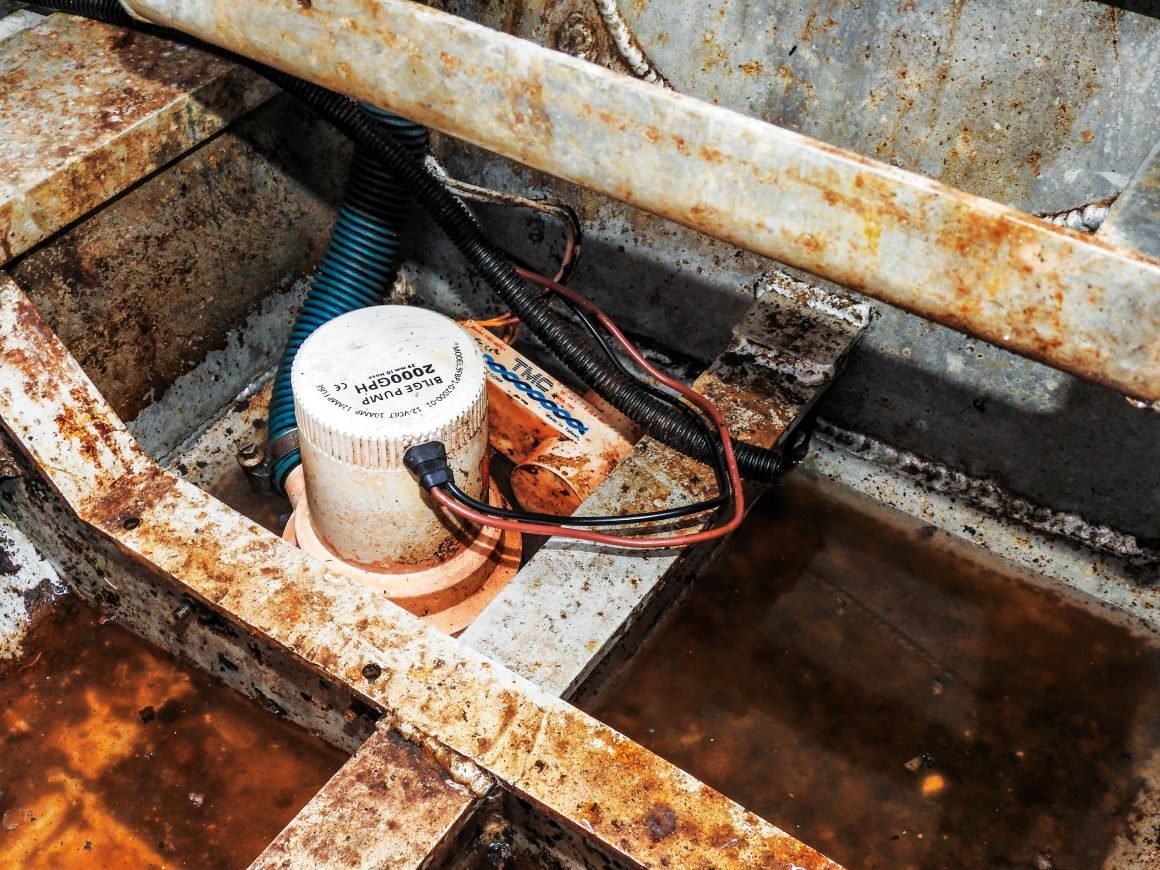
Activate your trim tabs a couple of times. Turn on the electronics and lights and check everything is fine. Check the bilge is clean and dry.
And then sit back and daydream of when we will be able to get out again.


